I found Efrain Guerrero on Instagram and I wrote to him to do his necro tour of the Amador Cemeteries in El Chorrillo. We agreed to meet on a Sunday at 9 a.m. Unfortunately I didn’t see his Instagram until I had arrived at Casco Viejo, since he had postponed the tour time. I called him and he told me don’t worry, let’s do another of my tours first: a tour of the Arrabal de Santa Ana Panama.
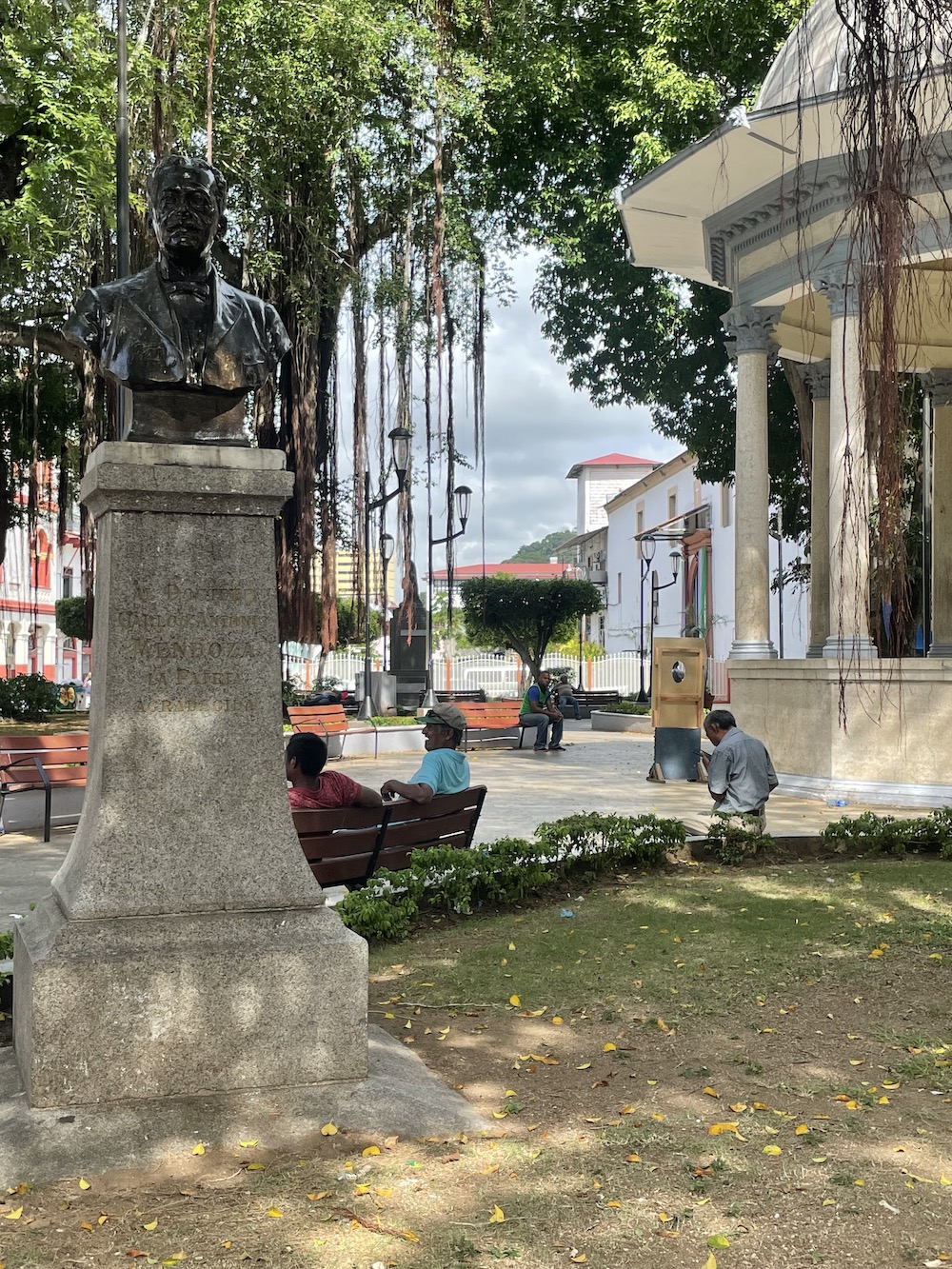
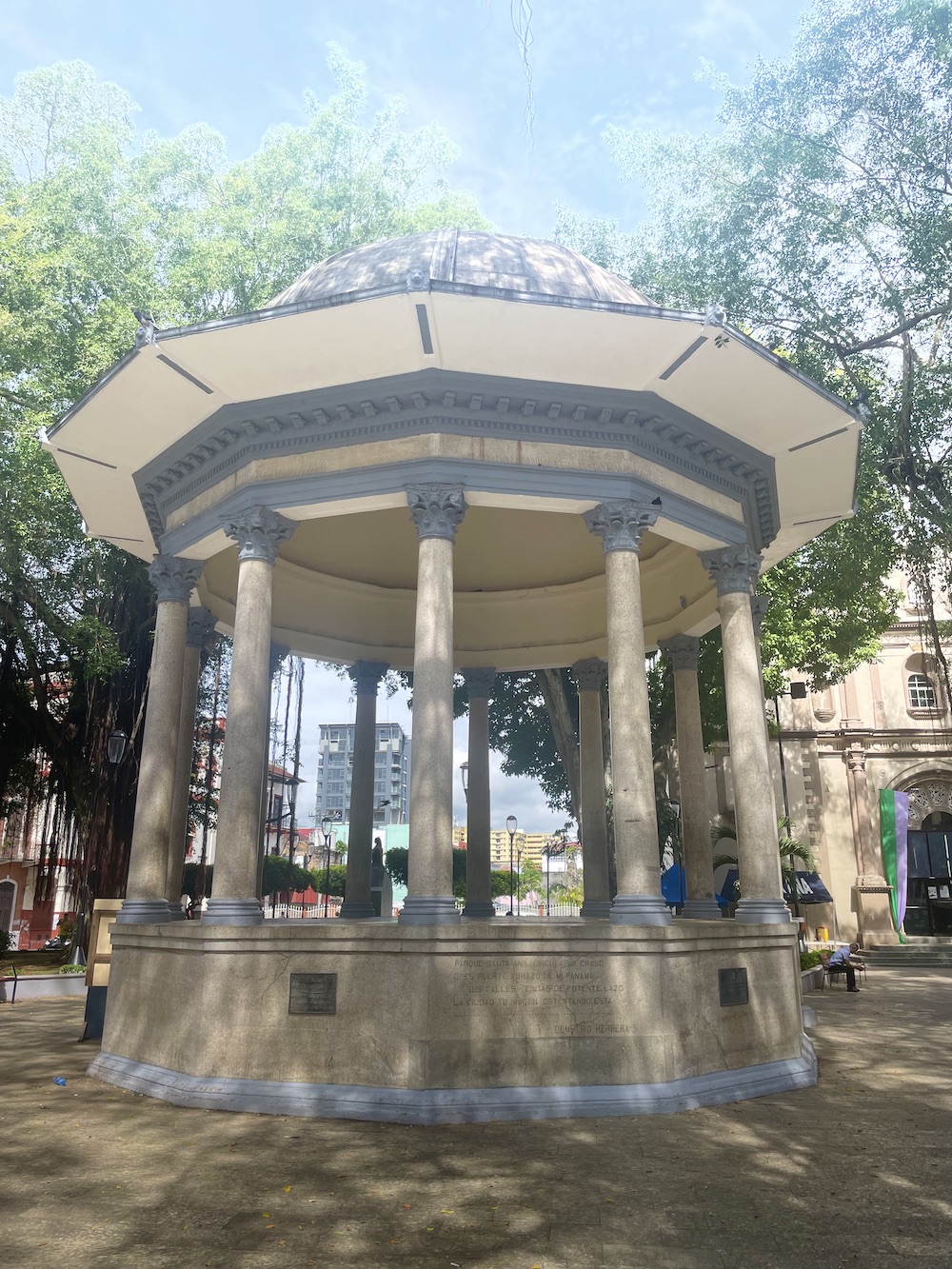
What does “arrabal” or suburb mean? Basically it is a neighborhood outside the enclosure of the population to which it belongs. In ancient times, the Casco Viejo was a walled city that was closed at night. Outside its walls was the Arrabal de Santa Ana Panama, where I would walk with Efrain, who has a group called the “Cultural Identity Movement” that was born from the community itself that understands the historical potential that is being lost. Sadly, this area is considered a zone of danger and poverty. Efrain’s idea is to change perception so that visitors and Panamanians understand the importance of Arrabal de Santa Ana Panama.
He also talks about the issue of gentrification, which is somewhat complex since the inhabitants of San Felipe left their homes to move to Exposicion and Bella Vista. During the military dictatorship, many people invaded the houses and later, when they removed Noriega, gangs formed in the area. The historic district of Panama City, Casco Viejo, was included in the UNESCO list which drew attention to the area from investors attracted by an incentive law. Much has already been renewed and now they set their sights on Santa Ana Panama.

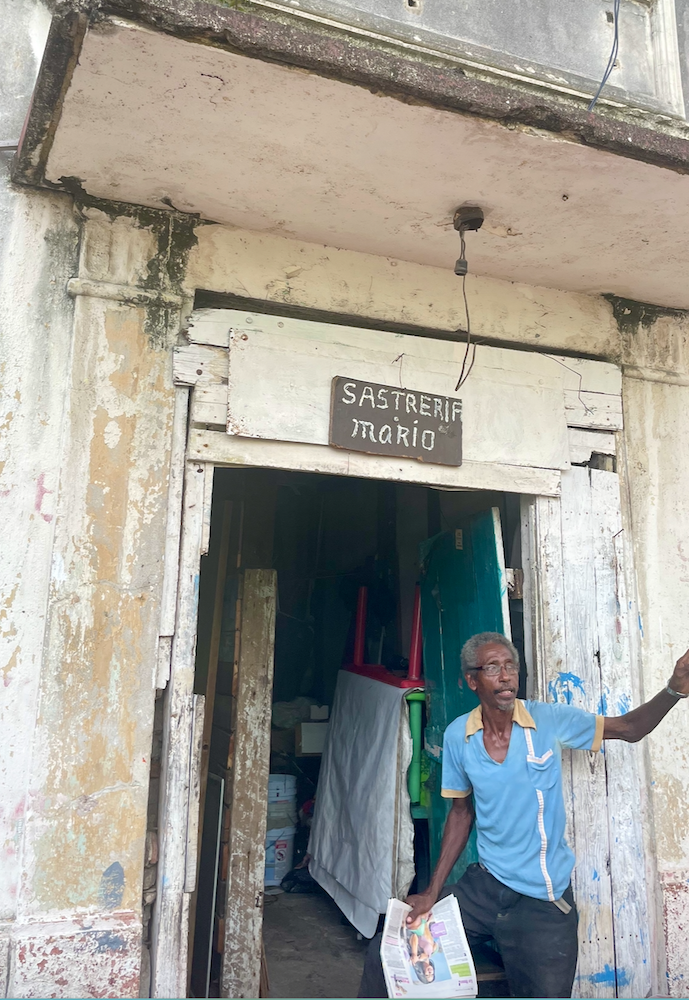
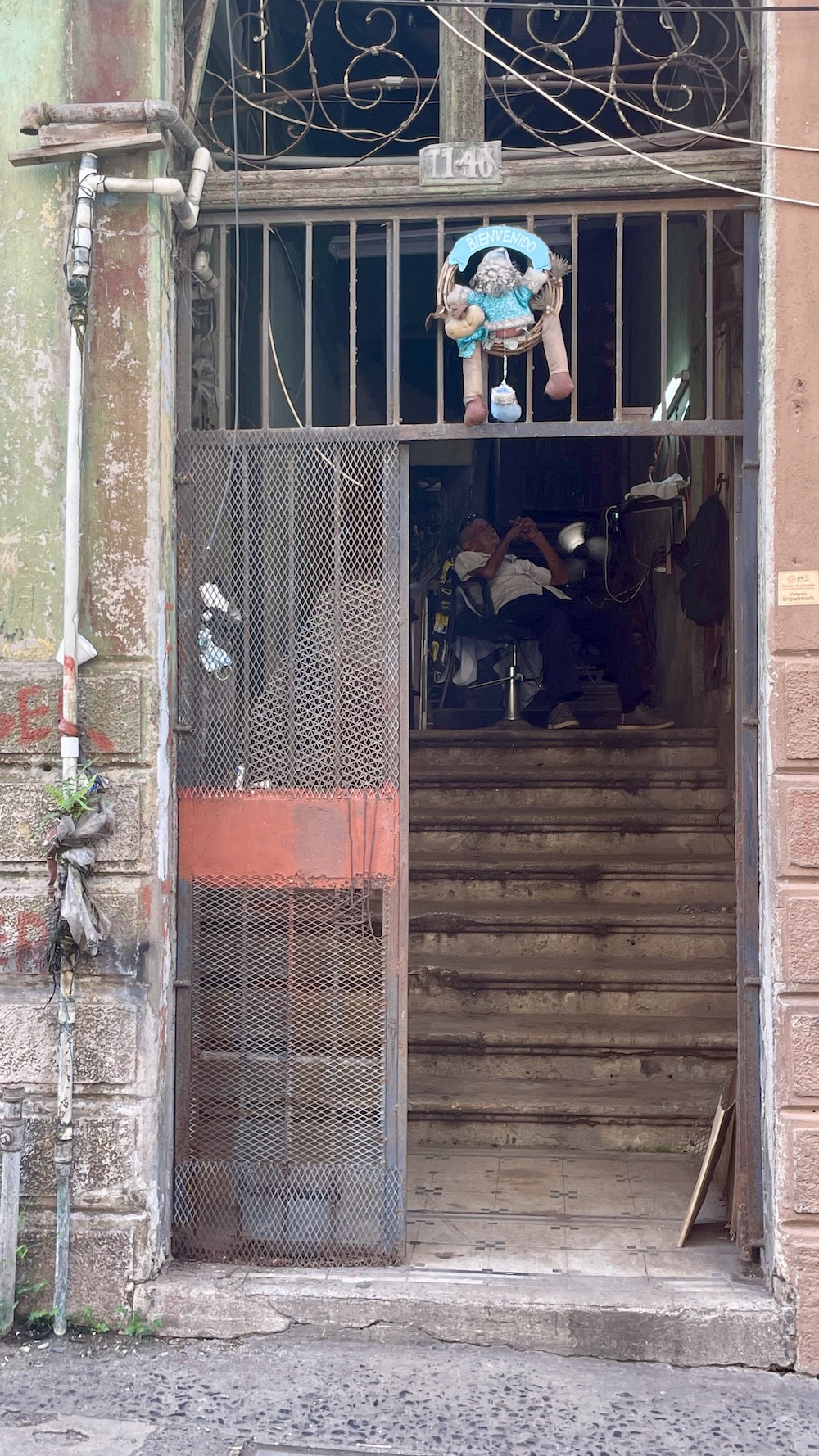
The Arrabal of Santa Ana Panama
July 26, 2023 marks the 350th anniversary of the beyond the walls or the Arrabal de Santa Ana Panama. Plaza Santa Ana was decorated, I sat in a chair so that Efrain could take pictures of me. In that same square is the old French Bazaar building that is now the new Fashion and Design District that will host Panama Fashion Week 2023. That same store was where Mrs. Maria Ossa de Amador bought the white fabric to make the flag of Panama in 1903. The windows of this store are huge since it was later the first car store in Panama.
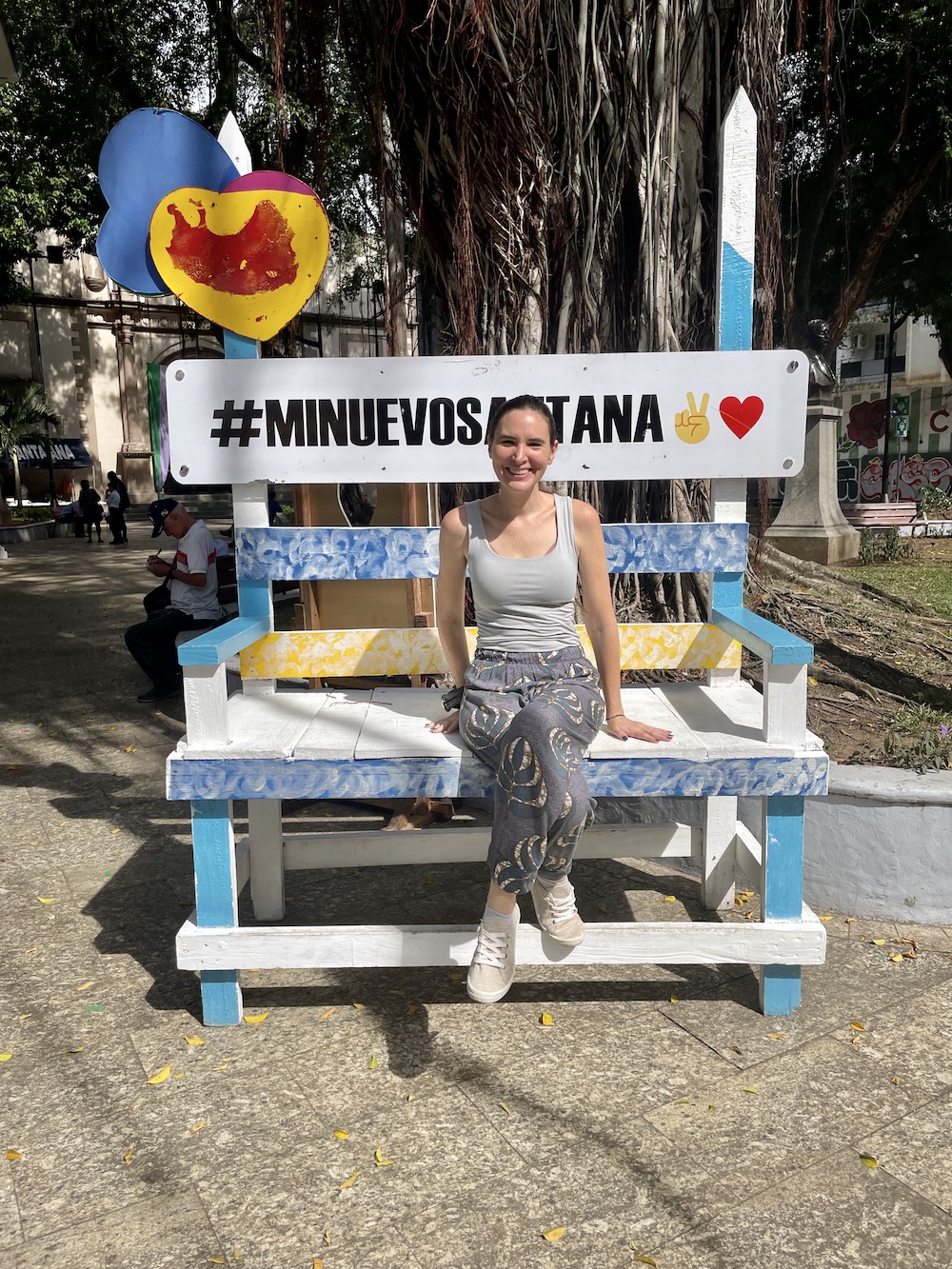
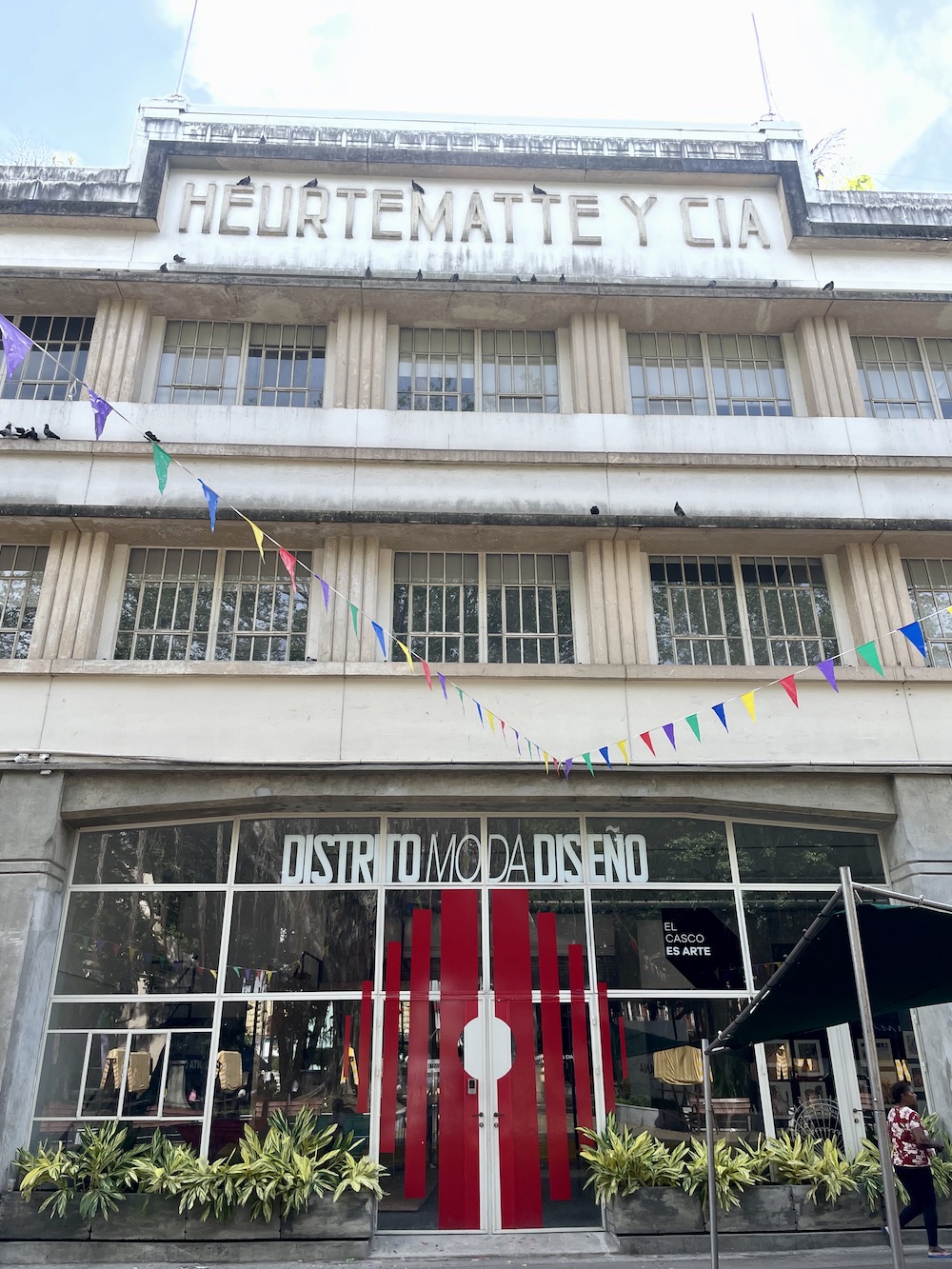
The name “Santa Ana” was derived from the old hermitage that remained on the road to the Bridge of the King, on the outskirts of Panama Viejo. This area grew faster than the walled city of Casco Antiguo in Panama. All ethnic groups and social classes coexist in this place since it had the port and the market. In addition, it was close to the waters of the “Chorrillo del Rey” spring that came down from Ancon Hill. The city today known as Panama Viejo was not moved just for protection, but because of the aquifer.
Plaza Santa Ana and the Church
The route of the Arrabal de Santa Ana goes from Plaza Santa Ana to the border with El Chorrillo. You can also take a walking tour of El Chorrillo. The tour shows an open-air museum concept that tells the history of the neighborhood from colonial times to the republican era. Efrain tells me that what is worth a neighborhood is its people and all their memories. As we walked through the Arrabal de Santa Ana Panama, I realized that everyone knew him. A man stopped us in Plaza Santa Ana to tell us what his experience had been like during the United States invasion of Panama to remove General Manuel Antonio Noriega.
Plaza Santa Ana was the cultural, political and economic epicenter of the Santa Ana area. In front of the Church of Santa Ana there is a space where bullfights used to take place. In 1890, Doctor Carlos Mendoza, who was the first Afro-descendant president of Panama, officially founded what is now Plaza Santa Ana. This Church of Santa Ana was the first stone construction outside the walls. Originally that was prohibited and everything was built of wood.
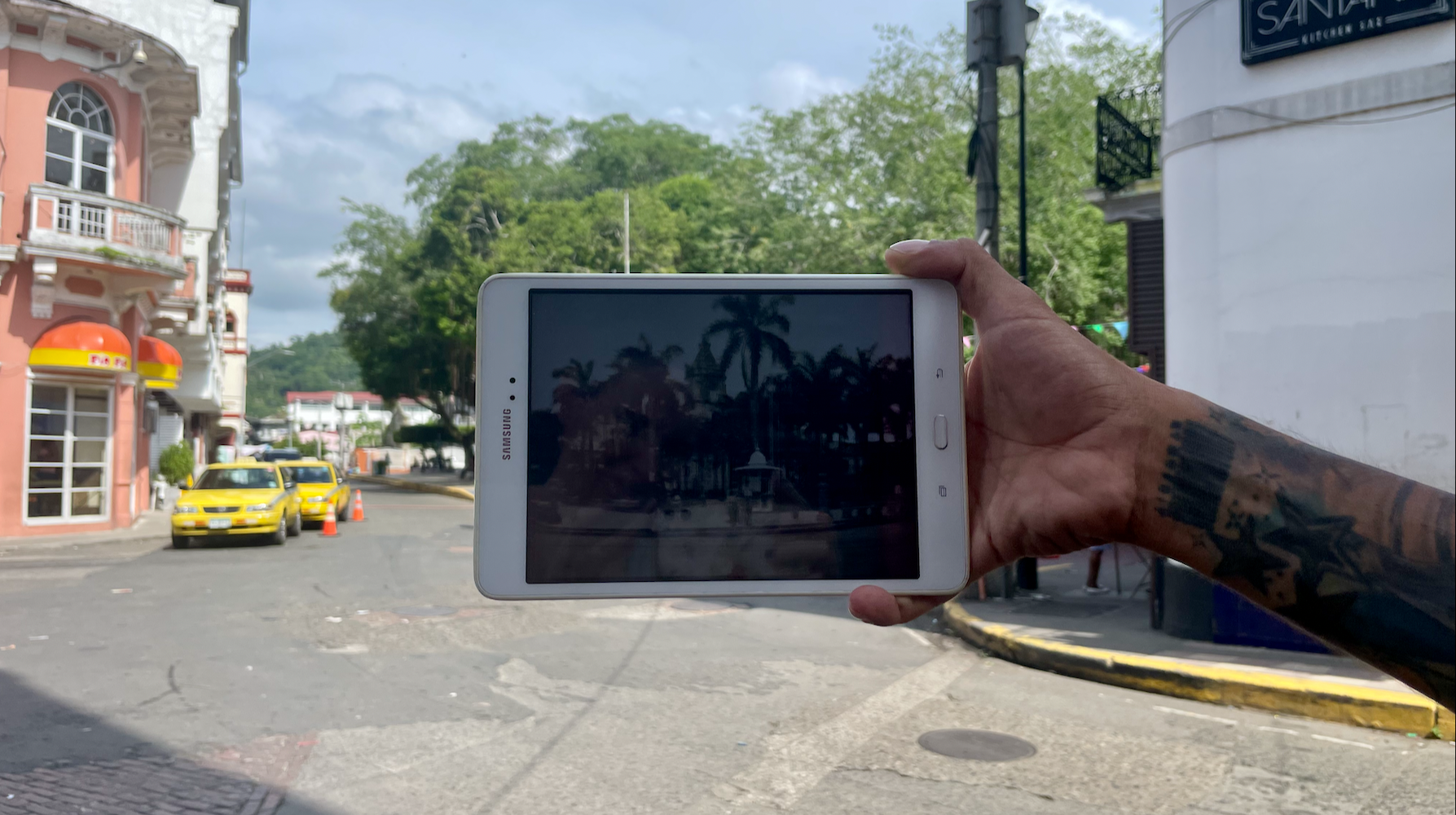
At the top of the Church you can see a crown that shows that it was used to keep the treasures of the Spanish monarchy. Strategically located, it had a direct escape point to the Pacific Ocean from what is now the Masonic Lodge. San Felipe comes in a descent, therefore the tower of the church was the highest point that served to see any attack on the Arrabal de Santa Ana Panama.
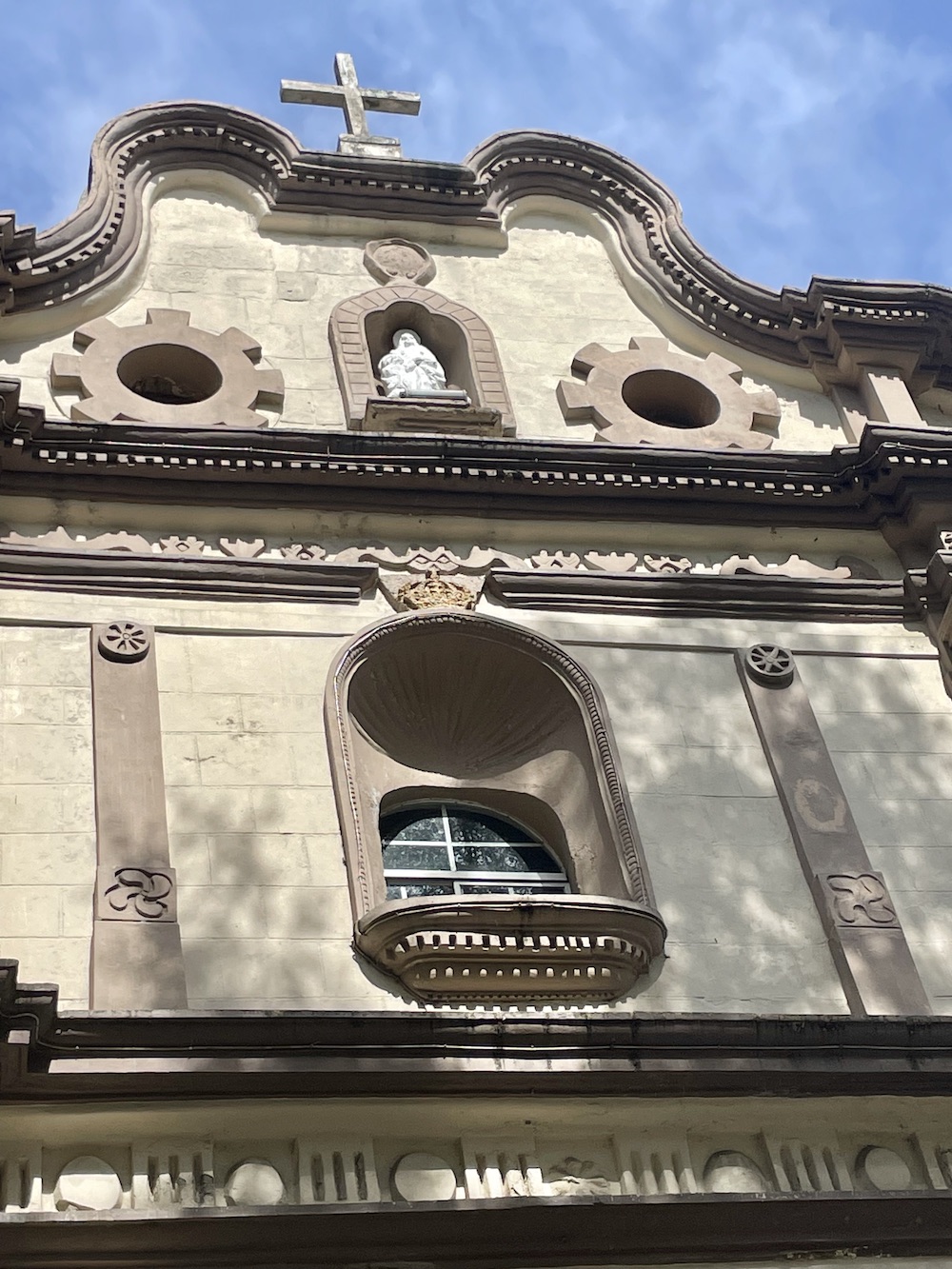
Santa Ana Walking Tour
There are several theaters in the Plaza Santa Ana including the El Dorado Theater which had a capacity of 800 to 1000 people. It was also a cinematography. It is currently under restoration and will be a cabaret. La Cantina La Plata dates from when Panama was part of Colombia and the Liberal and Conservative parties met for independence in 1903.

Cafe Coca Cola is another iconic place in Santa Ana Panama that dates back to 1875. It was originally called Las Nueve Puertas (Nine Doors). Its owner also had the soda bottling plant and that is why he linked the product with the restaurant. It was at this site that Heliodoro Portugal was kidnapped by the Panamanian dictatorship.
The Teatro Variedades was founded on September 12, 1912 with a capacity for 800 to 1000 people. Originally it was a theater for high society and later it became a cinema. Its architect was French and identified with the mixture of elements. The building is so old that it has a different shield from the current one, since the Panama Canal was still under construction.
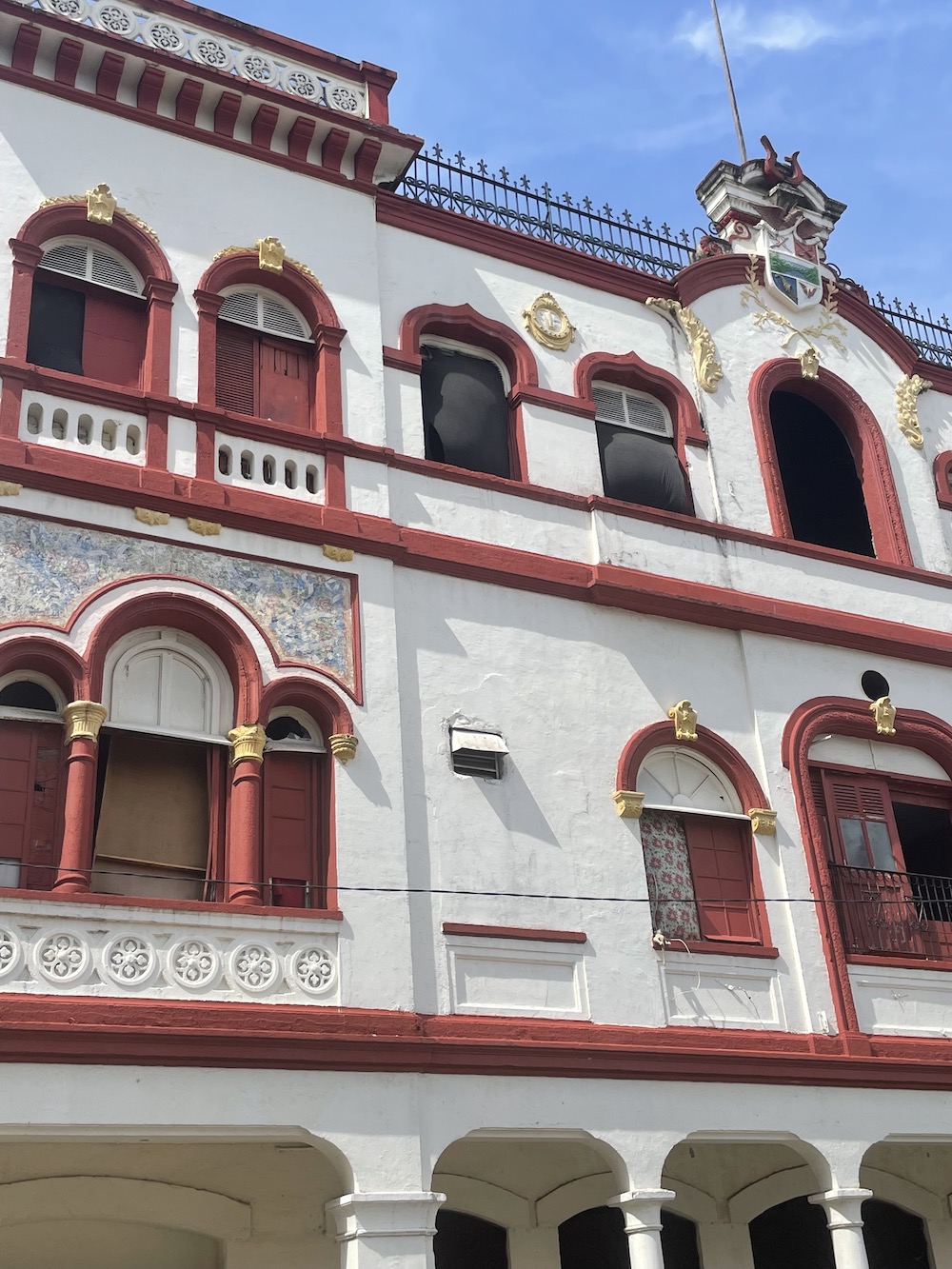
We go down Calle 13 on our tour of Santa Ana Panama. This street is quite colorful but you don’t see life since most of the buildings have been evicted. The main attraction of the street was the house of Carlos A. Mendoza, Prime Minister of Justice and third President of the Republic of Panama. On the outside it has a plate that identifies it.
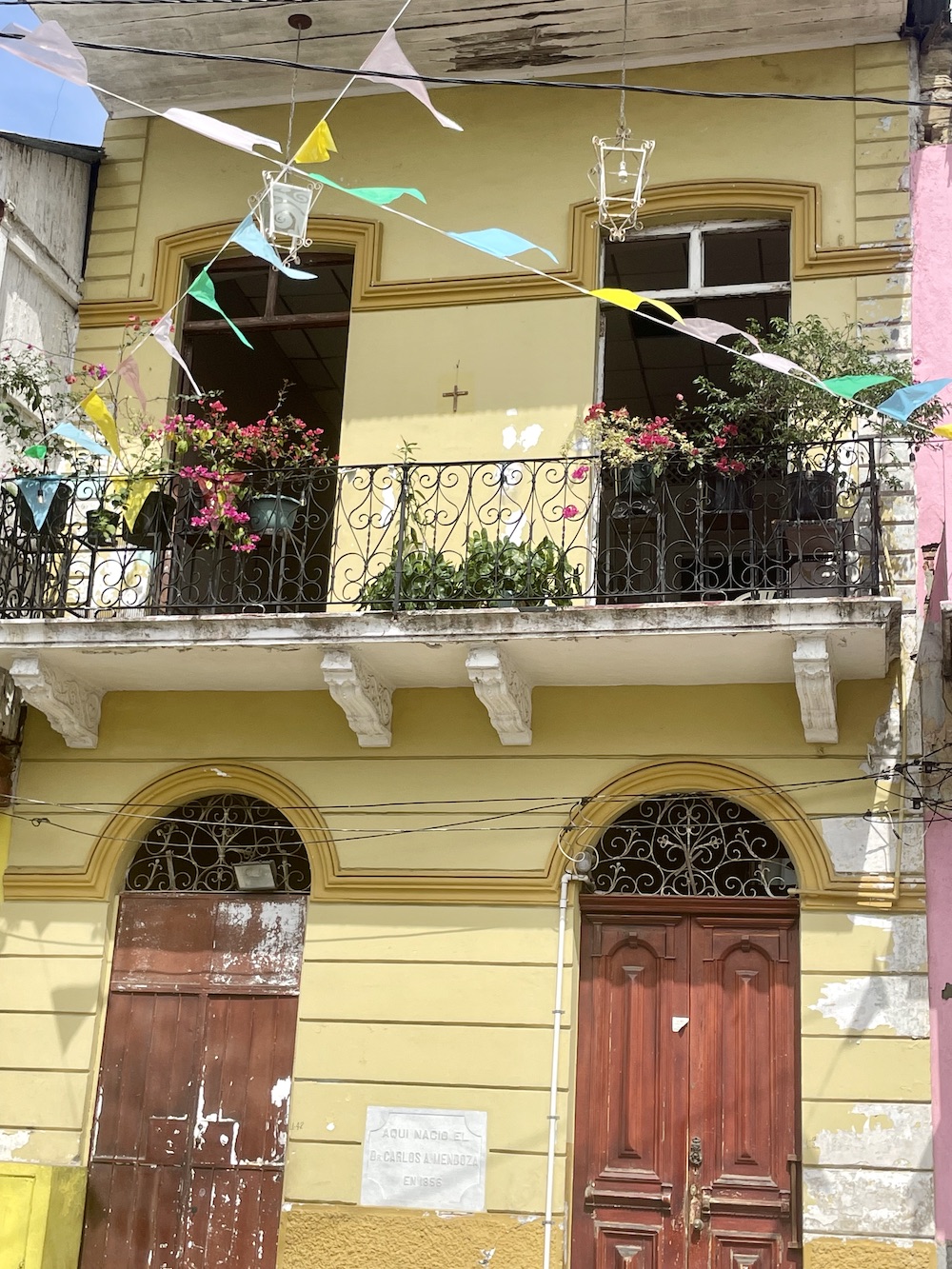
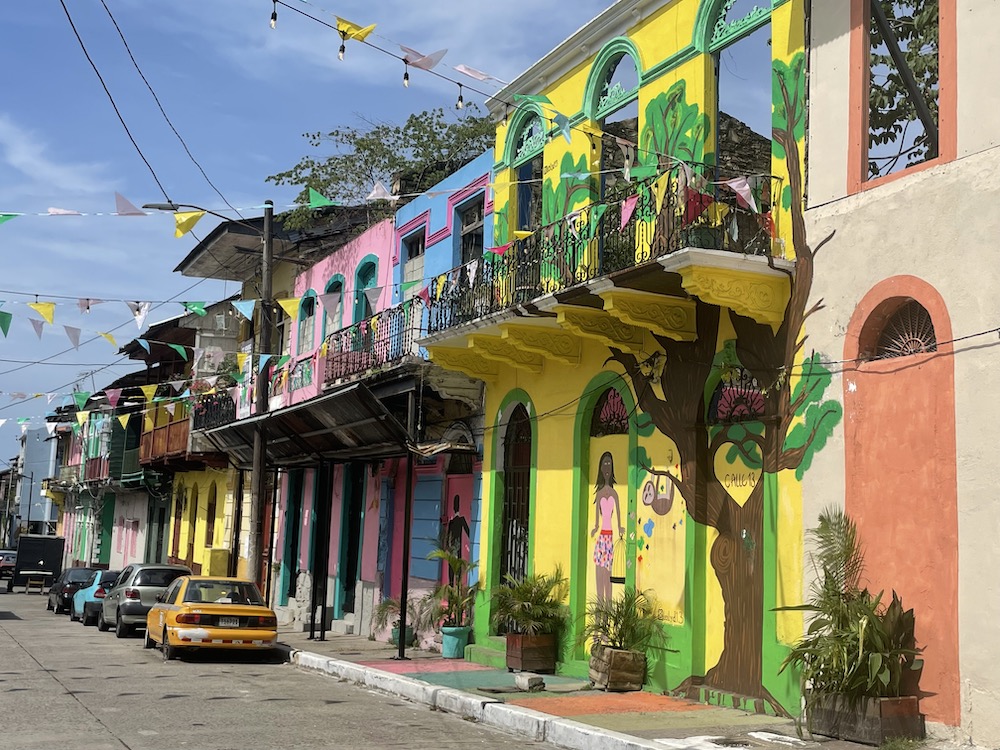
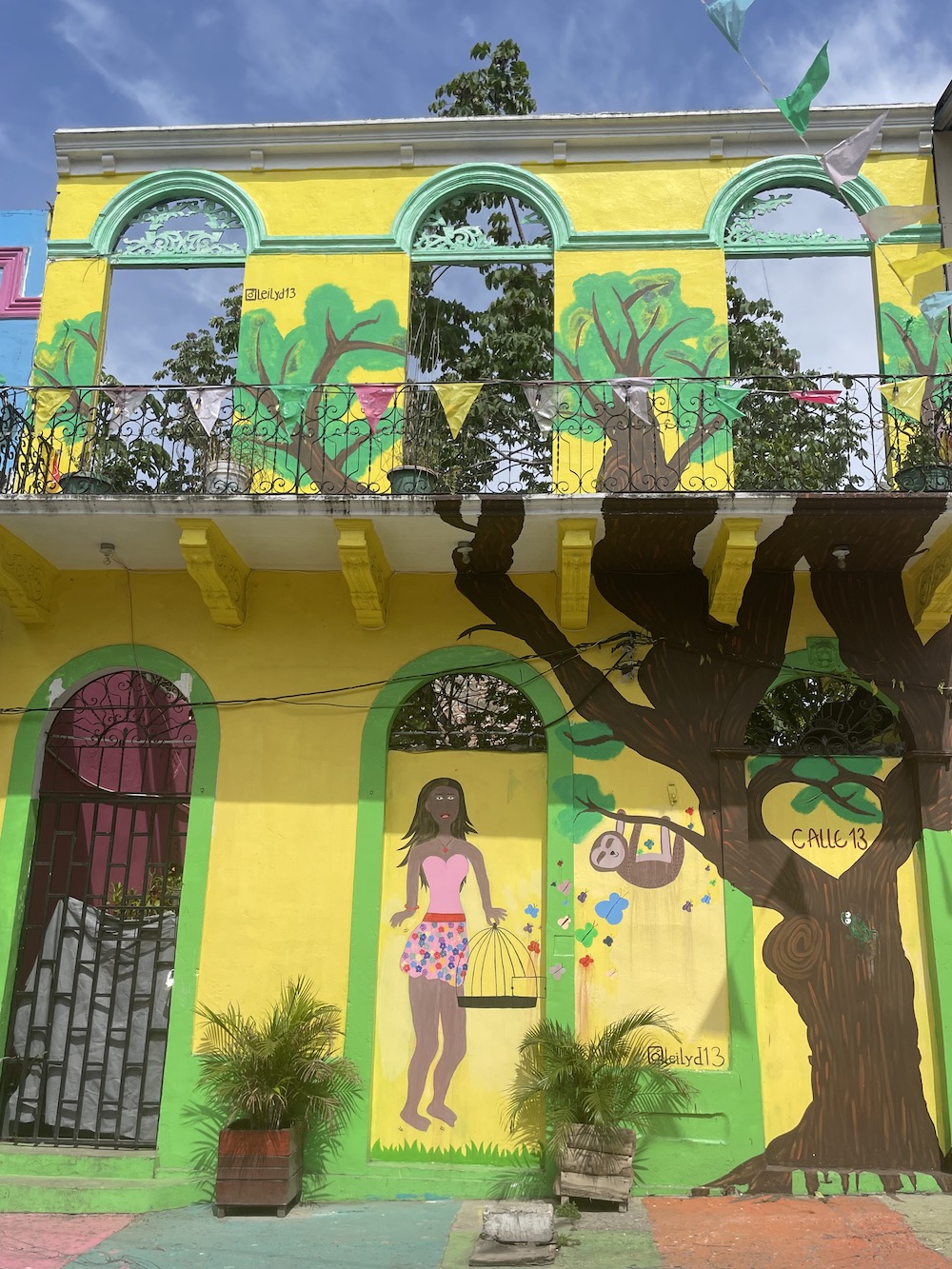
We continue along Calle B, which is known as the “border street” because it is divided between San Felipe, Santa Ana, El Chorrillo with Ancon in the background. This street was also used to supply water from the 16th to the 19th centuries. Afro-descendant women known as the “aguaterras of El Chorrillo” used to go in carts to collect water from Ancon Hill, since that street adjoins the hill.

Panaderia La Venezolana, another of the stops on the Arrabal de Santa Ana Panama Tour, it belonged to Manuel Medina, a Spaniard from Venezuela who bought the land and married the daughter of the owner who was from the province of Los Santos (where I have my Farm Hostel in Pedasi). She was white, so people thought she was from that country. Victoriano Lorenzo also hid in that place.
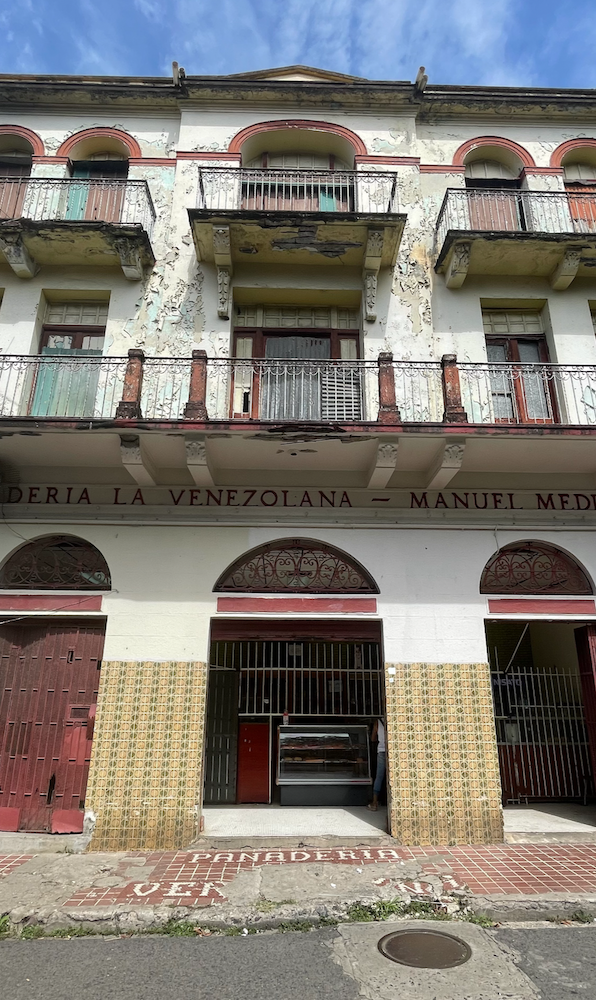
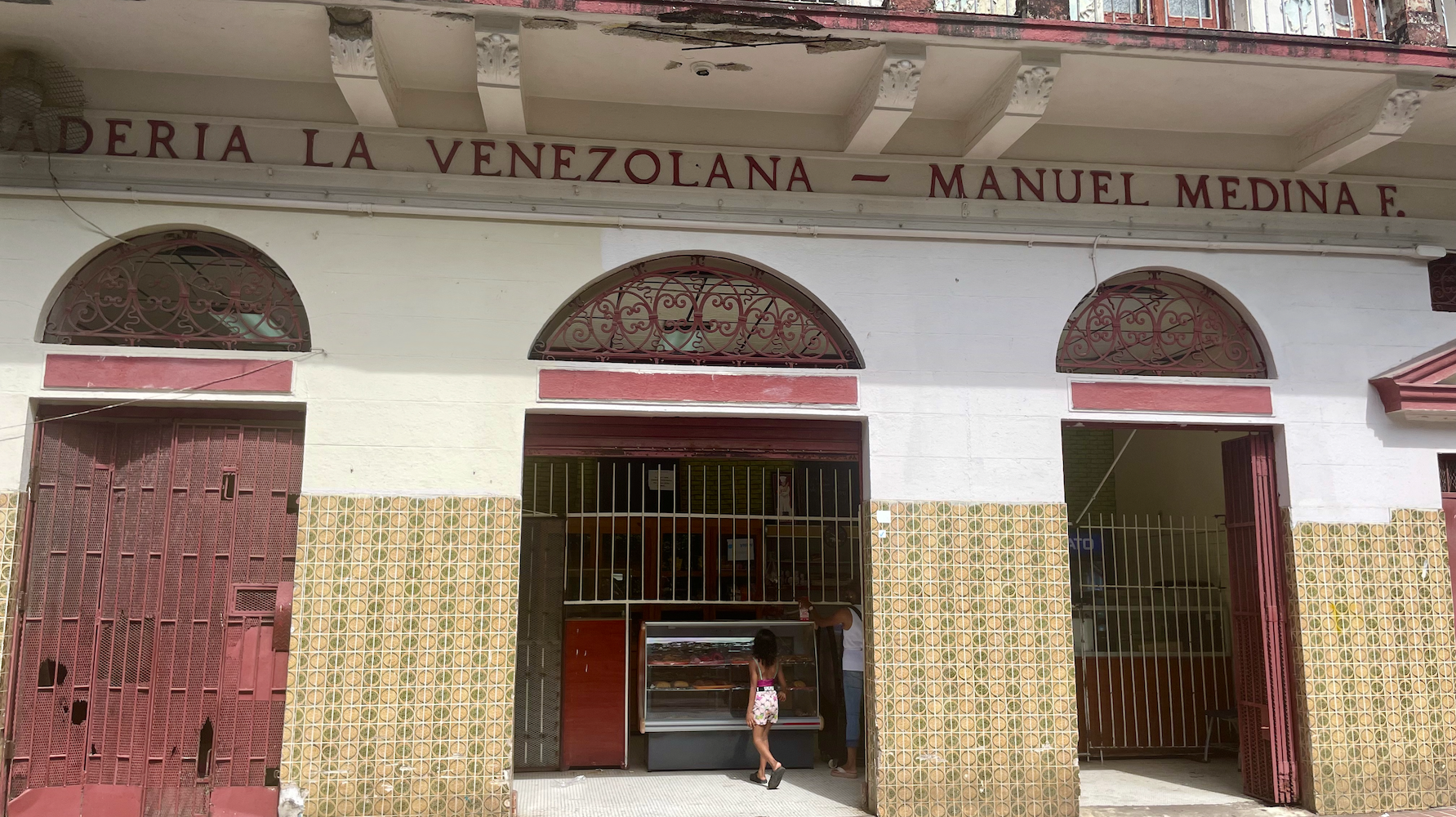
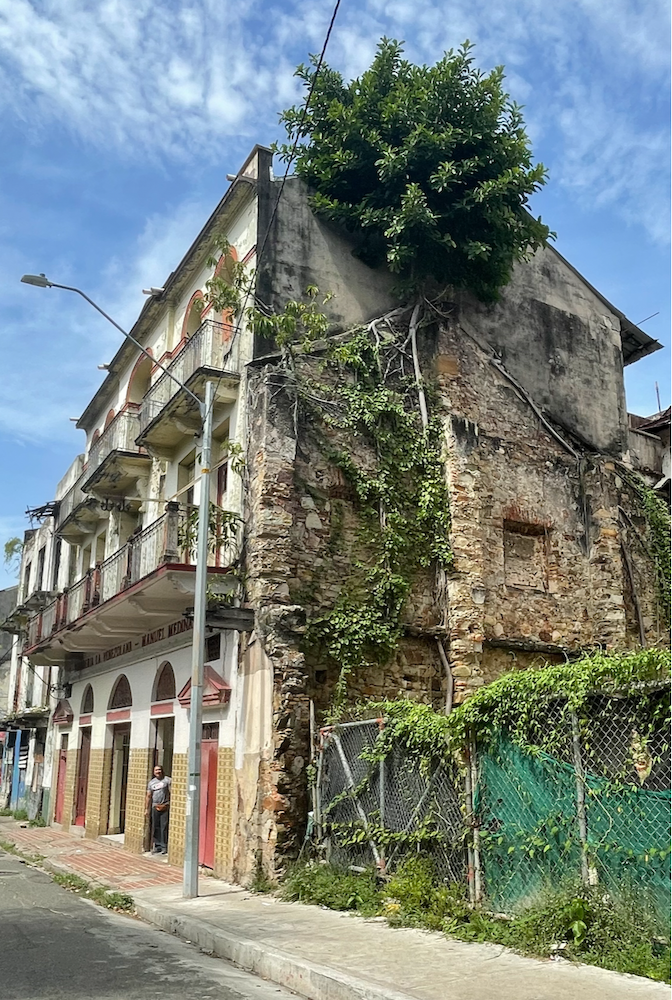
The last stop in the Arrabal de Santa Ana Panama was the Gato Negro Restaurant, which was the second most important in Santa Ana Panama. What you see today is a replica but it remains quite similar. Its diners included the boxer Roberto Duran who went to eat with Chaflan. General Noriega also ate there, apart from Che Guevara who ordered rice, beans, ground beef, and macaroni. They called this the “landslide earthquake” dish and the portions cost .10 cents. Right in front was the San Jose de Malambo Orphanage. This area was full of tunnels that connected to the churches in Casco Viejo.
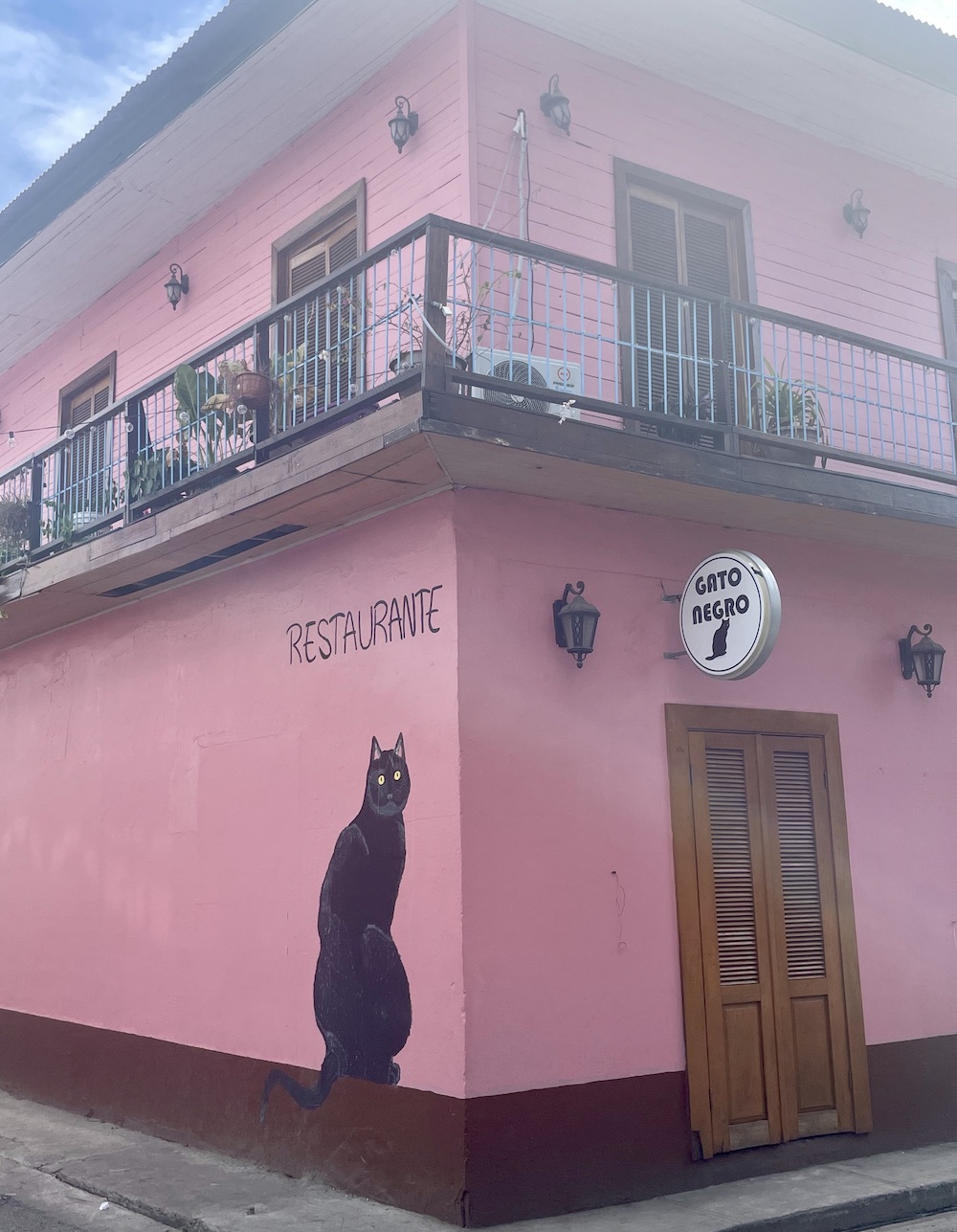
Arriving at the edge of what is considered a UNESCO World Heritage Site, we saw the Casco View building which is huge, completely modern and out of place. It was originally the Edison Cinema, but it was demolished. Efrain talks about the fact that in that area we are already beginning to see “distractors” such as garbage, dog feces in the street, and badly parked cars that lower the morale of society.
Contact me at +507 6633-0166 or ur****@***************up.com to do this tour of the Arrabal de Santa Ana Panama.